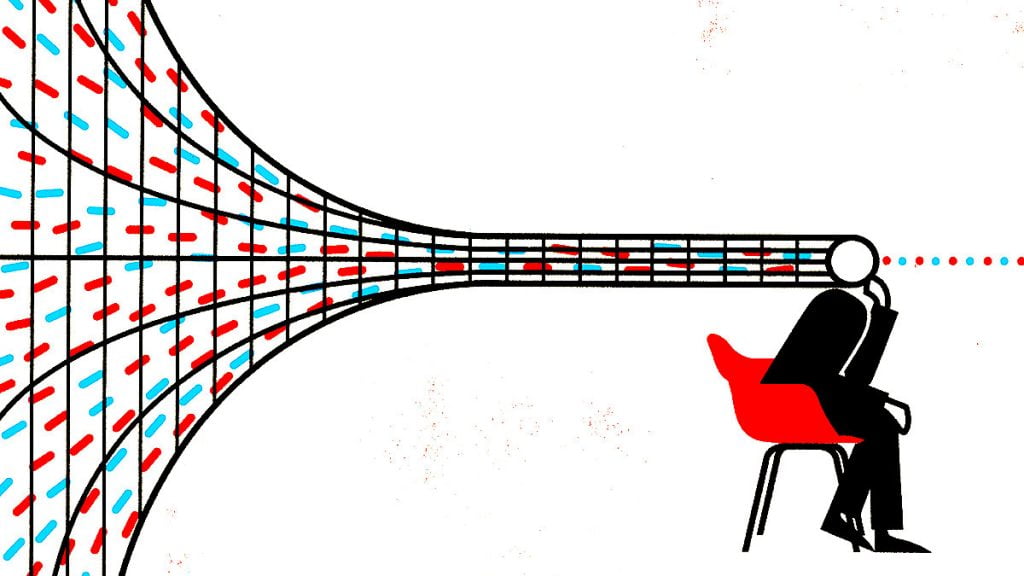

A hospital administrator recently talked to us about an issue that is all too common for patients: missed medical appointments. The story was about a woman named Mary (a pseudonym), a patient with a painful chronic condition who continually failed to keep her regular appointments. In an effort to better understand the problem at hand, the administrator tried to put herself in Mary’s shoes, and asked about her experience: Was there an issue with transportation? Did she need other appointment reminders aside from the paper letter mailed to her home and the standard phone call?
Slowly, Mary began to reveal the reasons why she never made it to her appointments. Her journey to the hospital was quite daunting. For starters, her painful physical condition required her to arrange door-to-door assistance and special transportation. Everyone involved had to be on the same page for her to make it to her appointment on time, and coordinating the logistics was onerous and stressful.
Mary faced an additional set of challenges once she got to the hospital. Mary sought care at a large academic medical center with multiple entrances and towers; at times she was expected to travel long distances due to the sheer size of the facility. She worried that she wouldn’t be able to find someone to push her in a wheelchair, or that she might get lost. Simply thinking about the various hurdles of this journey made Mary anxious to the point of talking herself out of going at all.
Each year approximately 3.6 million people miss or put off medical appointments due to transportation issues, leading to annual costs for health care providers in the billions of dollars. Missed medical appointments, or “no-shows,” often create several operational challenges as well, from difficulties rescheduling clinical staff to interference with patient care and treatment. While the consequences of missed appointments have been widely studied, the specific reasons patients fail to show up are not always as clear. But until we understand these reasons, we won’t be able to solve the problems. This is where paying closer attention to the entire patient experience — from what happens before people get to the hospital to what happens after they leave — can help.
Many leading hospitals are starting to focus more on understanding the patient experience to solve these kinds of problems, as well as to improve overall patient experience and to lower costs. Yet it’s not always easy to get key stakeholders to consider nonclinical aspects of this type of work.
One of the most promising approaches for understanding patients’ experiences has been design thinking, a creative, human-centered problem-solving approach that leverages empathy, collective idea generation, rapid prototyping, and continuous testing to tackle complex challenges. Unlike traditional approaches to problem solving, design thinkers take great efforts to understand patients and their experiences before coming up with solutions. This thorough understanding of patients (for example, those who regularly miss appointments) is what guides the rest of the process. And because design thinking involves continuously testing and refining ideas, feedback is sought early and often, especially from patients.
Design thinking has already taken hold in health care, leading to the development of new products and the improved design of spaces. Yet it remains underused in addressing other important challenges, such as patient transportation, communication issues between clinicians and patients, and differential treatment of patients due to implicit bias, to name just a few. If more leaders embrace design thinking, they can leverage a deeper understanding of patients to solve such problems, achieving better clinical outcomes, improved patient experience, and lower costs along the way.
Contents
Designing a Patient-Centered Experience
How might design thinking be applied to the persistent and costly problem of no-shows? In Mary’s case, she couldn’t explain her concerns through the standard patient experience survey, which is initiated after an appointment and which comprises general questions focused on the medical visit. Were it not for the hospital administrator’s initiative to ask Mary what was going on, her concerns may have gone both unnoticed and unaddressed.
This tailored, human-centered approach of problem solving is the foundation of design thinking. Hospitals versed in design thinking would identify this general challenge and then assign a team or task force (ideally a multidisciplinary one) to spend weeks or even a few months studying the patients it affects. The team would use qualitative research methods, such as surveys, focus groups, and observations, to better understand people’s experiences. They would seek out patterns and aim to define the real problem at hand. For instance, a team investigating several no-shows would quickly see that many cases do not necessarily involve a patient’s forgetfulness or time management. They’d find that the issue faced by patients like Mary is often more socioemotional than organizational.
After this phase, the team would brainstorm possible solutions, and then begin rapid prototyping to test them. Depending on the proposed solution, a prototype could be anything from a physical mock-up to a skit or a flowchart. For example, if the team wanted to design a screening process to identify individuals with transport-related concerns, they could design a simple computerized simulation that illustrates how that process might look and feel to both patients and staff. Once created, this prototype would be tested by relevant stakeholders and perhaps even outside parties to collect critical feedback. Often, the feedback indicates when or how to modify solutions, or whether to go back and gather more information. The result is a solution focused on what will most help the patient.
Addressing a Broader Spectrum of Patient Challenges
There are already a few promising examples of design thinking being used to create a better experience for patients. For instance, the department of obstetrics and gynecology at Mayo Clinic used design thinking to reimagine prenatal care. They wanted to better meet the expectations and needs of expectant mothers, who desired a greater emphasis on the emotional experience of pregnancy, rather than just the clinical side of it. Through interviews with and observations of local expectant mothers, the design thinking team learned that it was extremely important for these women to have a sense of community. So the department created online care communities, facilitated by nurses and other pregnancy advisers. The result was an overall improvement in how prepared and empowered these expectant mothers felt.
At Johns Hopkins Hospital, elements of the design thinking process are embedded in the hospital’s approach to improving care. To provide the human touch that is necessary to improve the patient experience, we have a team of coaches, trained in the importance of empathy in clinical settings, that teaches caregivers how to partner with patients and be more present with them. For instance, coaches teach clinical staff how to reject a patient’s request when necessary (for example, when asked for more pain medication) while still projecting a caring message. On the patient side, we have a team of advocates that visit people facing unusually difficult circumstances, such as having to endure a long wait without food or water before surgery. Advocates offer support by connecting them to the right staff members or simply by listening to their concerns. Advocates support patients and encourage them to be engaged in their own care. This often involves identifying what matters to them and their loved ones and, above all, recognizing the patient as a whole person, not as a condition or an illness.
Design thinking can be used to address challenges in a variety of domains related to the patient experience. Consider reimagining the emergency-room waiting experience. Because care is prioritized based on the severity of a patient’s condition, wait times are difficult to predict. Patients and their families often spend hours waiting to be seen and treated. Design thinking may uncover new ways of helping patients feel comfortable and safe during such long waits. An approach that starts with investigating the patients’ perspectives, including their greatest pain points, may give administrators ideas for how to make the emergency room experience more bearable.
It’s every health care leader’s mission to improve patient experiences. Design thinking is a useful process for doing so, as it requires decision makers to empathize with patients, think creatively, prototype, and continually test solutions to these problems. The answers to problems like no-shows start with getting to know Mary and patients like her.
[“Source-hbr”]




